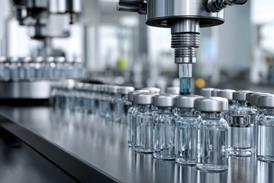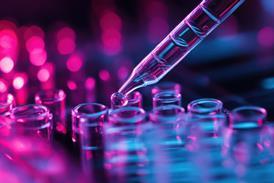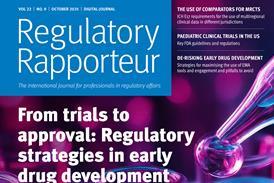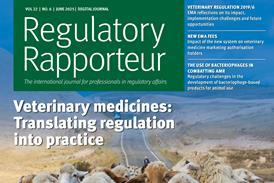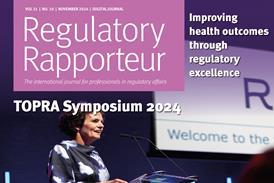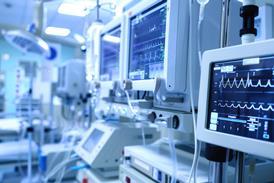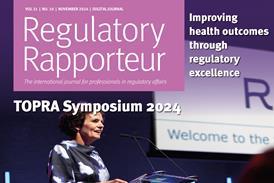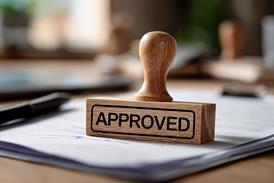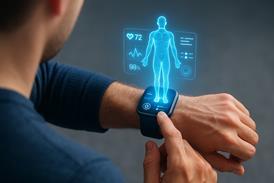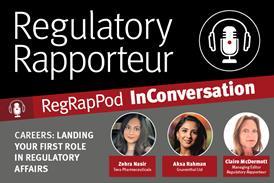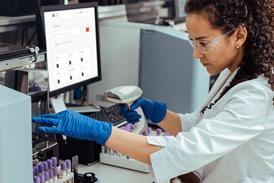All Medical devices articles – Page 3
-
 Journal
JournalSubstance-based medical devices: regulatory challenges and prospects
Substance-based medical devices comprise a diverse group of products that are regulated under the Medical Devices Regulation, which is applicable since 26 May 2021. Compared with the previous legal framework, the MDR has introduced several extensive changes to the regulatory framework for medical devices that also impact on the marketing of substance-based medical devices in the EU…
-
 Meeting Report
Meeting ReportMD4: Clinical investigations – Is coordinated CA assessment the future?
The first speaker was Amy Bennet, who highlighted that any coordinated clinical assessment requires sound data gathered from preclinical development, especially in class IIa, IIb and above devices.
-
 Meeting Report
Meeting ReportMD2: Global development strategy, which market should you go to first?
Michelle Lotte started the session. She summarised considerations of the MDD/MDR transition against submission to the FDA.
-
 Journal
JournalEU PIP breast implant withdrawal
The Poly Implant Prothèse (PIP) silicone breast implant failures had a socioeconomic impact at an international level, affecting nearly 400,000 patients in 55 different countries,[1] and resulted in major EU regulatory updates. PIP was a French company founded in 1991 and it produced approximately two million sets of silicone breast ...
-
 Journal
JournalFundamentals of the European devices regulatory framework
In the EU, the development of medical devices is supported by the European Commission Directive (93/42/EEC Medical Devices Directive). To this, the EU has a unique system in dealing with medical devices, iconised as the CE Marking, which provides the right for the products to be commercialised in the EU. This continuing professional development supplement presents the unique system of medical devices that is currently applied in the EU. Additionally, the new regulation of medical devices (EU 2017/745 Medical Device Regulation) is also covered.
-
 Journal
JournalEluvia: a drug-eluting stent
Peripheral arterial disease (PAD) affects around 8–12 million people in the US.[1] The strong association with ageing, tobacco smoking, and diabetes means that the prevalence of PAD will continue to increase in the coming years. Although 20–50% of patients with PAD are asymptomatic, they are still at significant risk of ...
-
 Journal
JournalFDA regulatory pathways for medical devices
The regulations, developed as a result of the 1976 Medical Device Amendments to the Food, Drug, and Cosmetic Act of 1938, share a common goal with the pharmaceutical regulations: they both strive to ensure that new medical treatments reach the public as quickly as possible while protecting patients and ensuring that the new treatments have a positive benefit–risk balance. However, they approach this goal in different ways. This continuing professional development supplement explains the fundamentals of the FDA regulatory pathways for medical device manufacturers that wish to bring their products to the US market.
- Previous Page
- Page1
- Page2
- Page3
- Next Page


